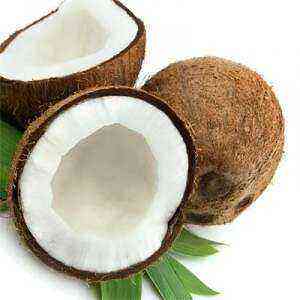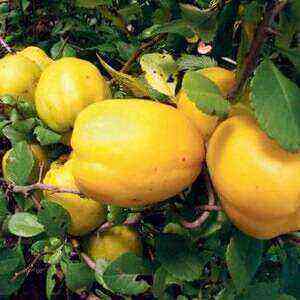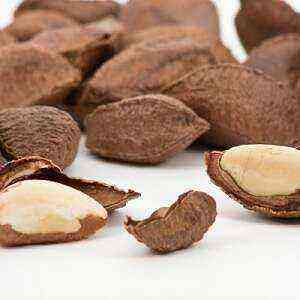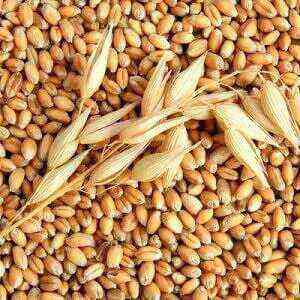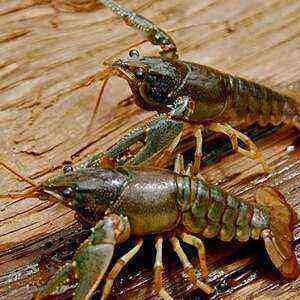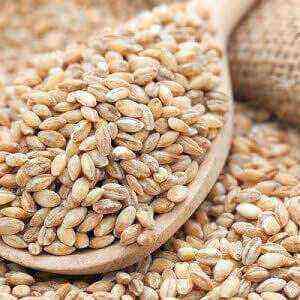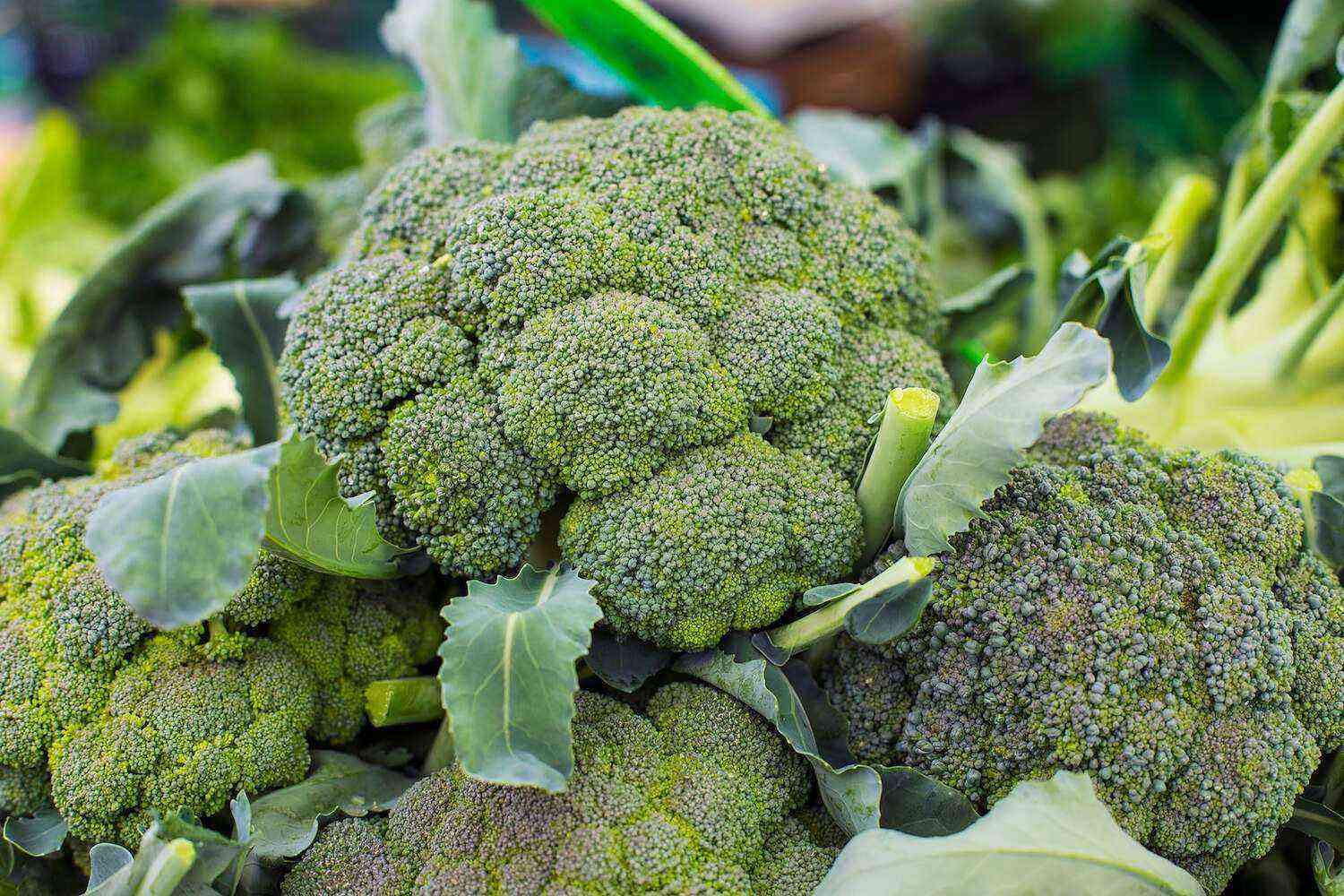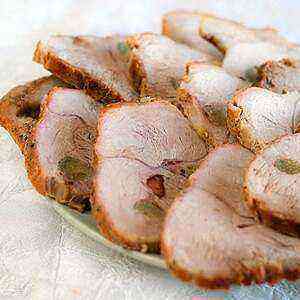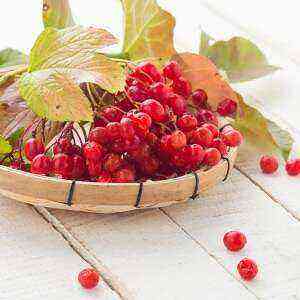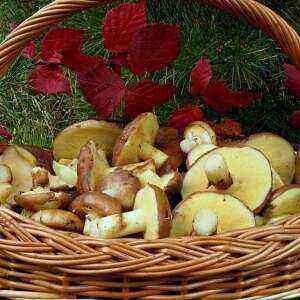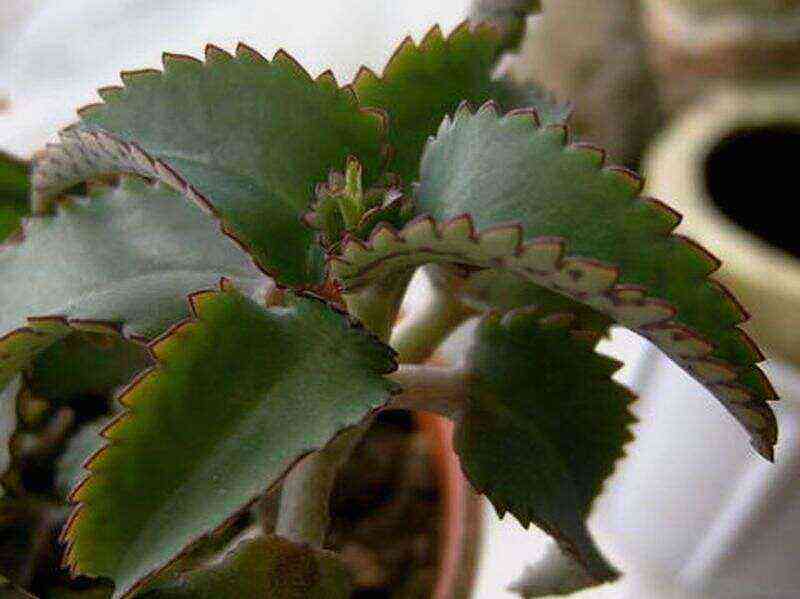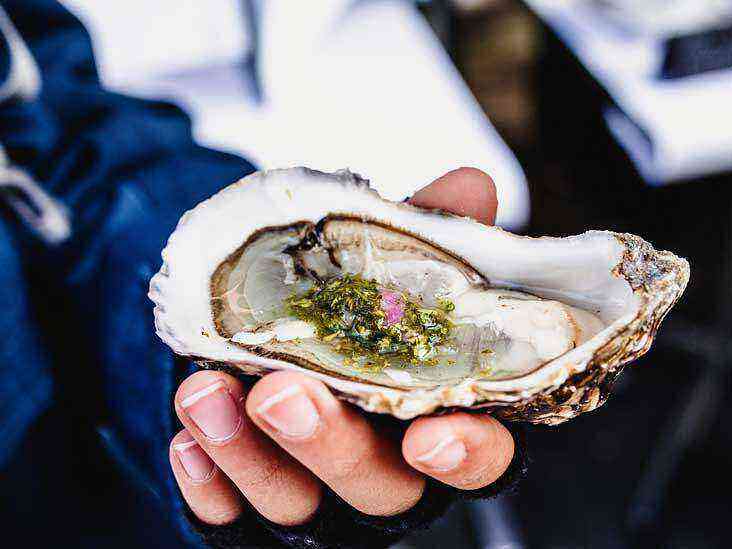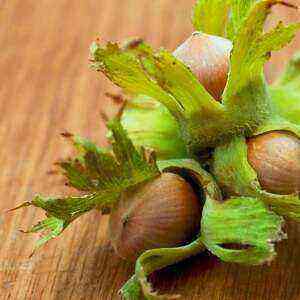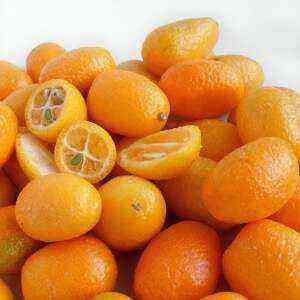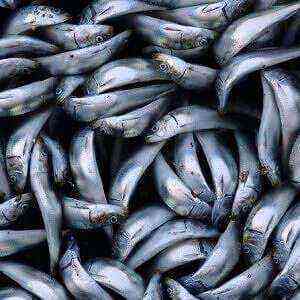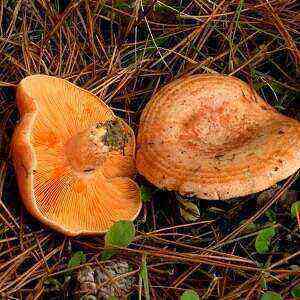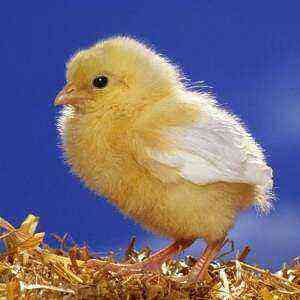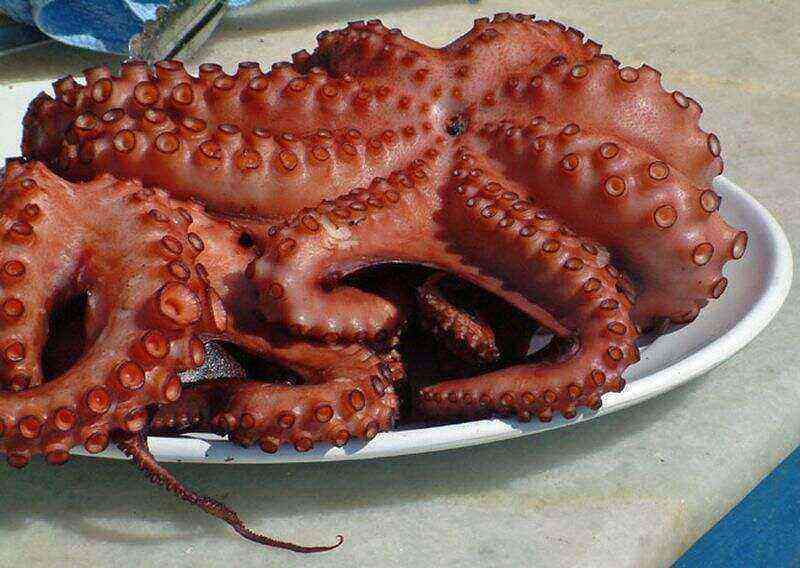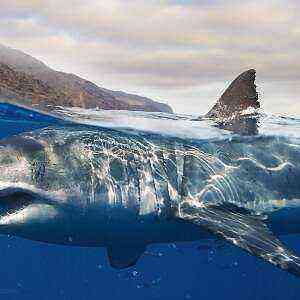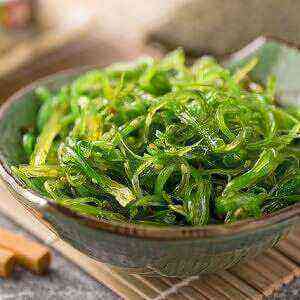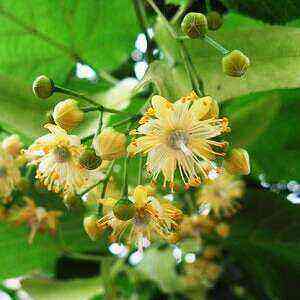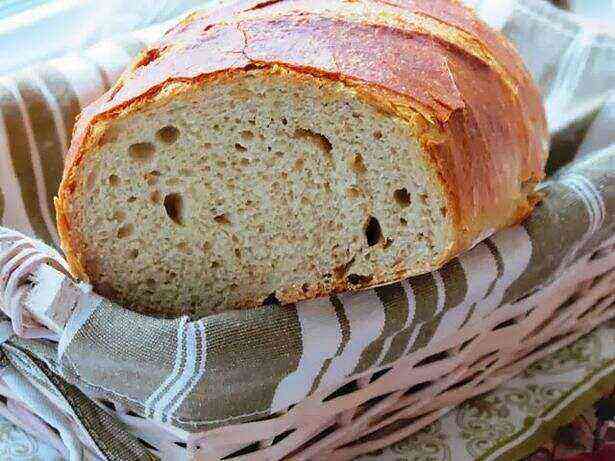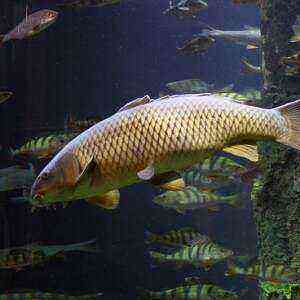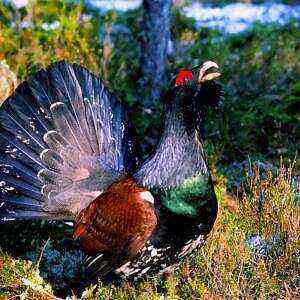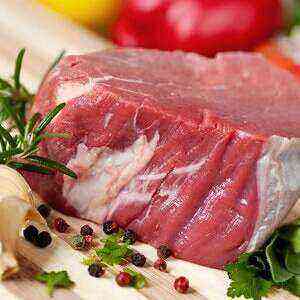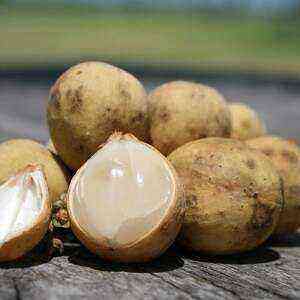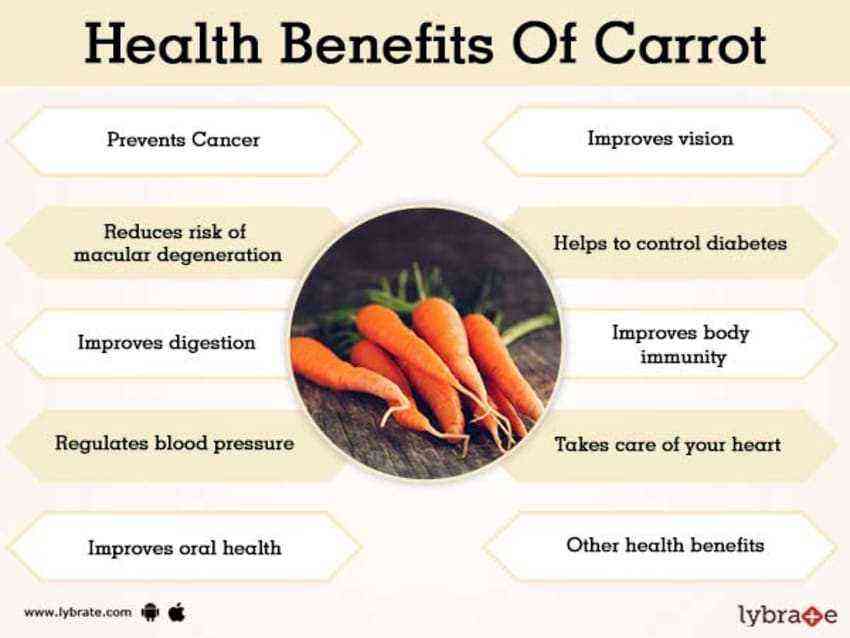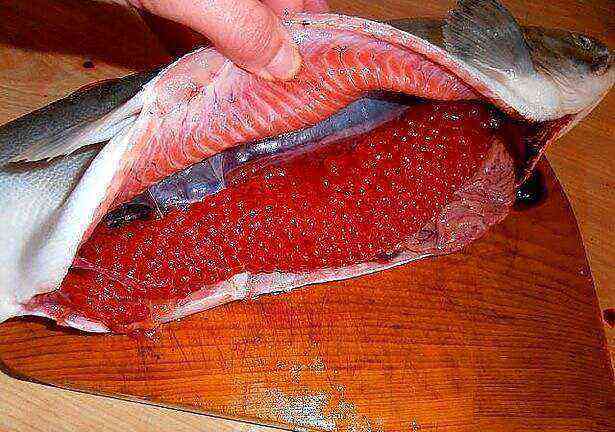Trepangi (Latin Holothuroidea) is the general name for a whole class of marine invertebrates such as echinoderms. The Latin name for trepangs is Holothuroidea. They are also often called sea cucumbers, egg capsules or holothurians. Those types of echinoderms that are eaten are collectively called trepangi. They are found in the waters of the Japanese, Yellow, Eastern Seas, as well as off the Pacific coast of Japan. Here trepangs can be found in the Vladivostok area, in the Peter the Great Bay.
Trepangi have long been eaten by humans, are a very valuable nutritious product and are considered a real delicacy.
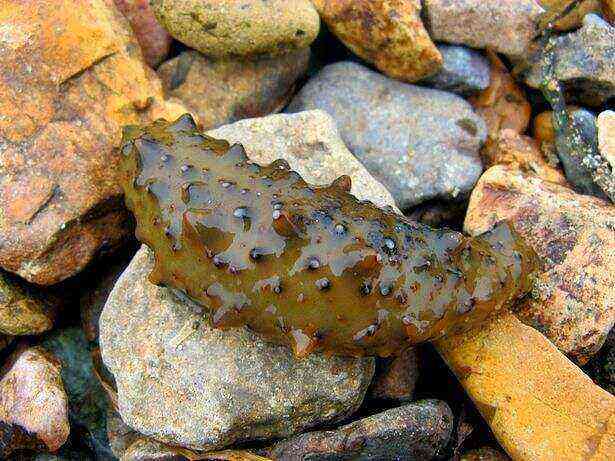
Trepang has a flexible elongated body resembling a cucumber in shape (hence their second name – sea cucumbers), dense skin with thorns. The average individual reaches a length of about forty centimeters, and its approximate weight is one and a half kilograms. The average life expectancy is eight years.
Useful properties of trepang
Trepang meat is a very valuable and healthy food product. It consists of high quality protein rich in amino acids, vitamins and minerals. The chemical composition of trepang includes almost all representatives of B vitamins, calcium, iron, magnesium, copper, phosphorus, iodine, manganese. Due to its immunomodulating medicinal properties, trepang is often called “sea ginseng”. It is very useful in weakening the immune system, increased fatigue, promotes rapid recovery after illness, depression, anemia.
